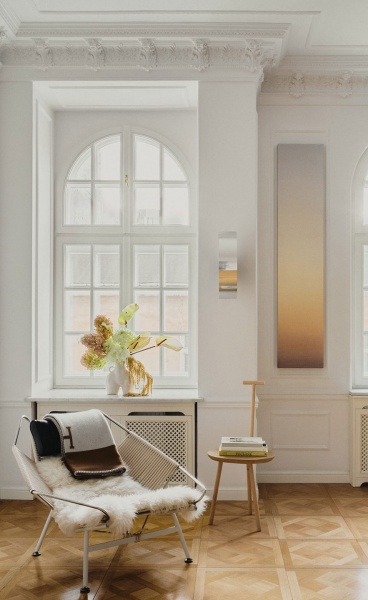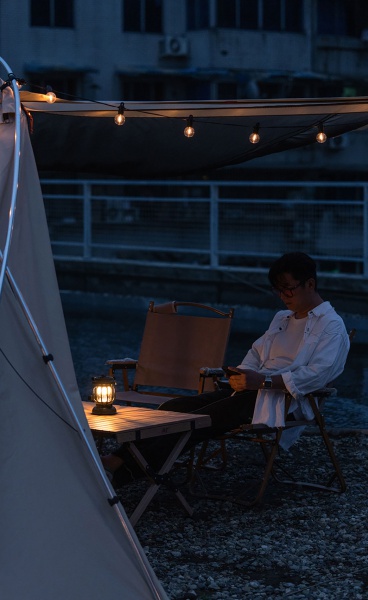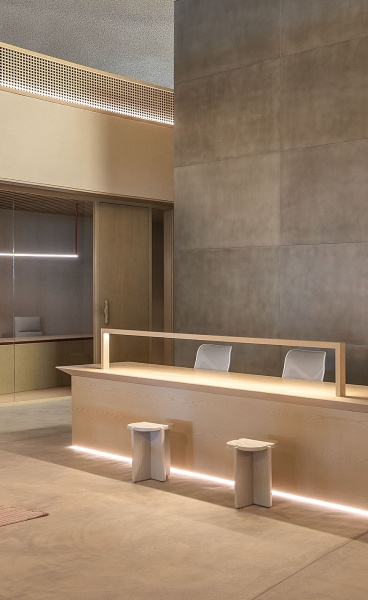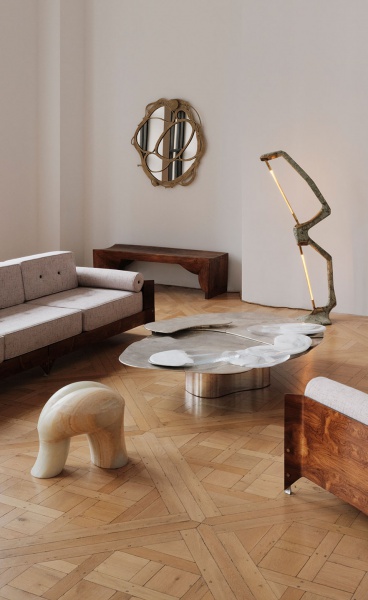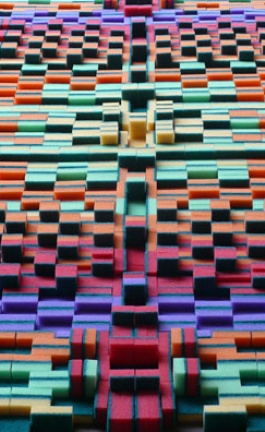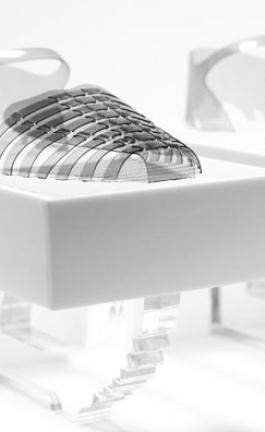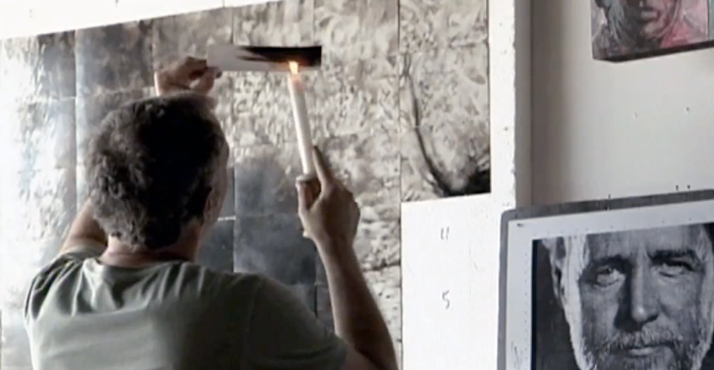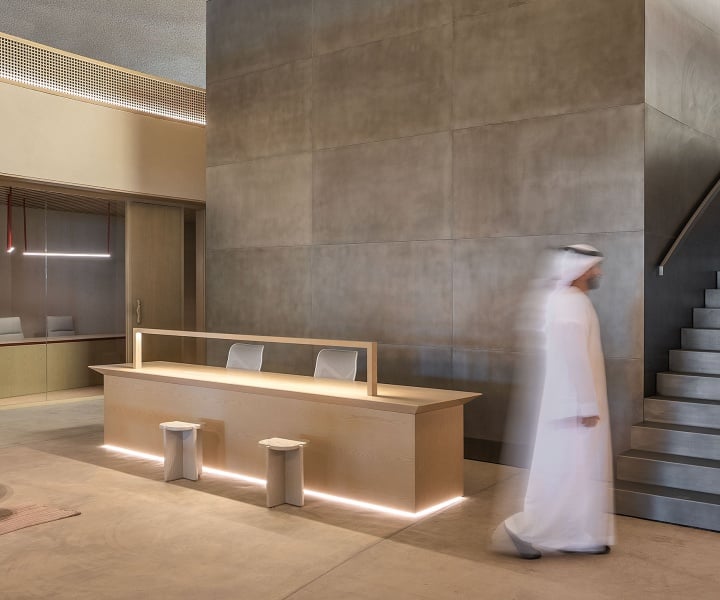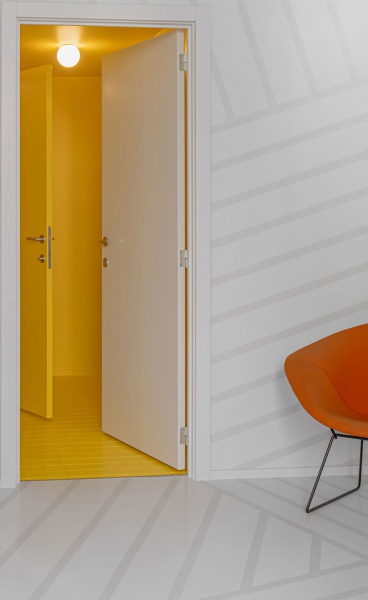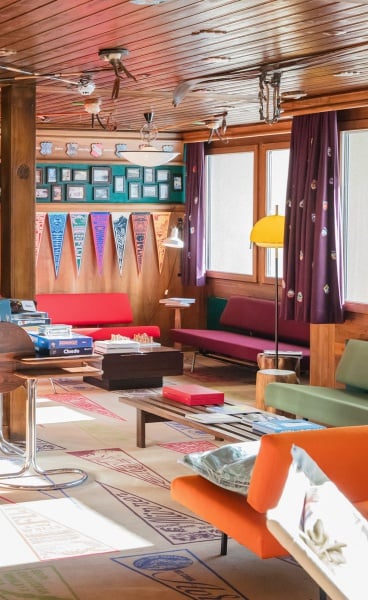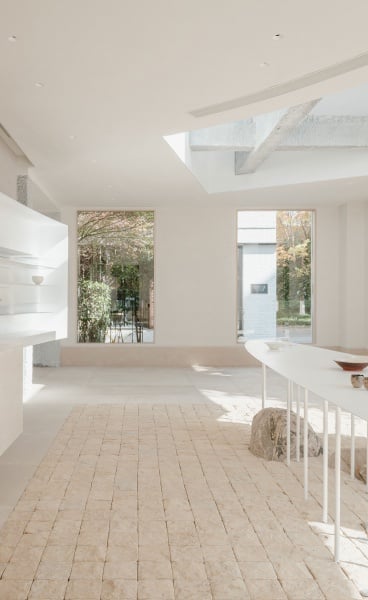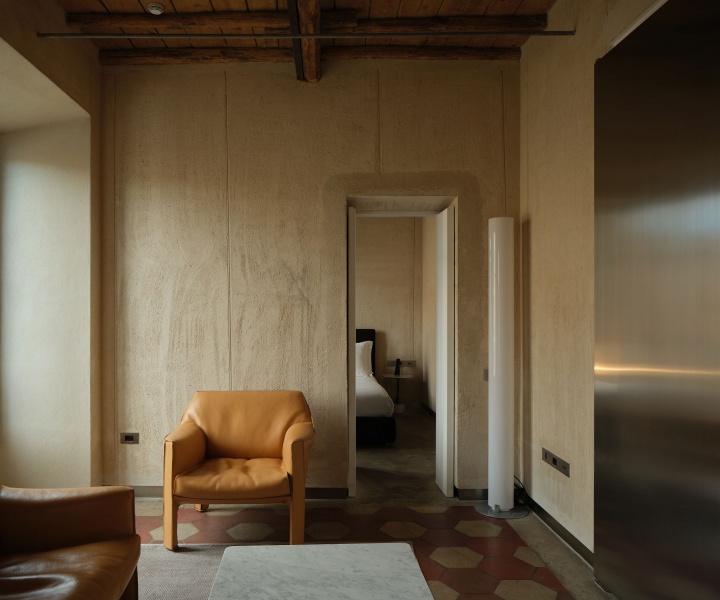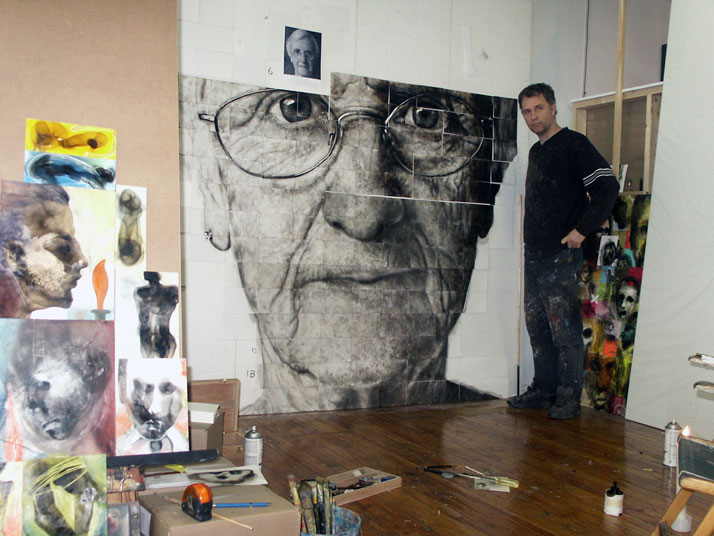
photo © Steven Spazuk
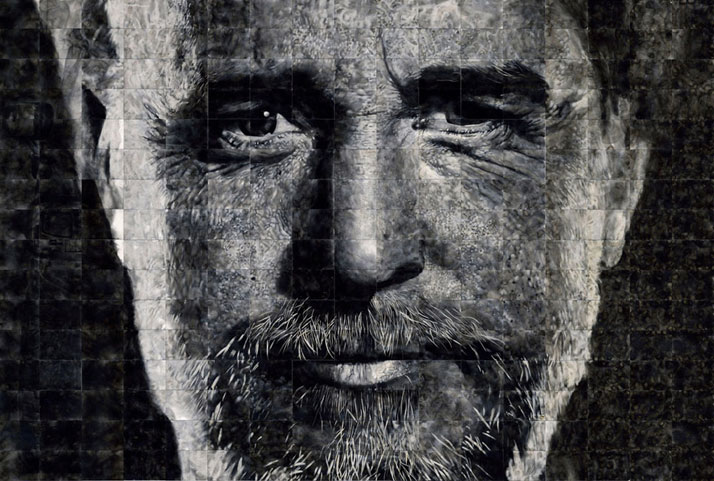
self portrait, photo © Steven Spazuk
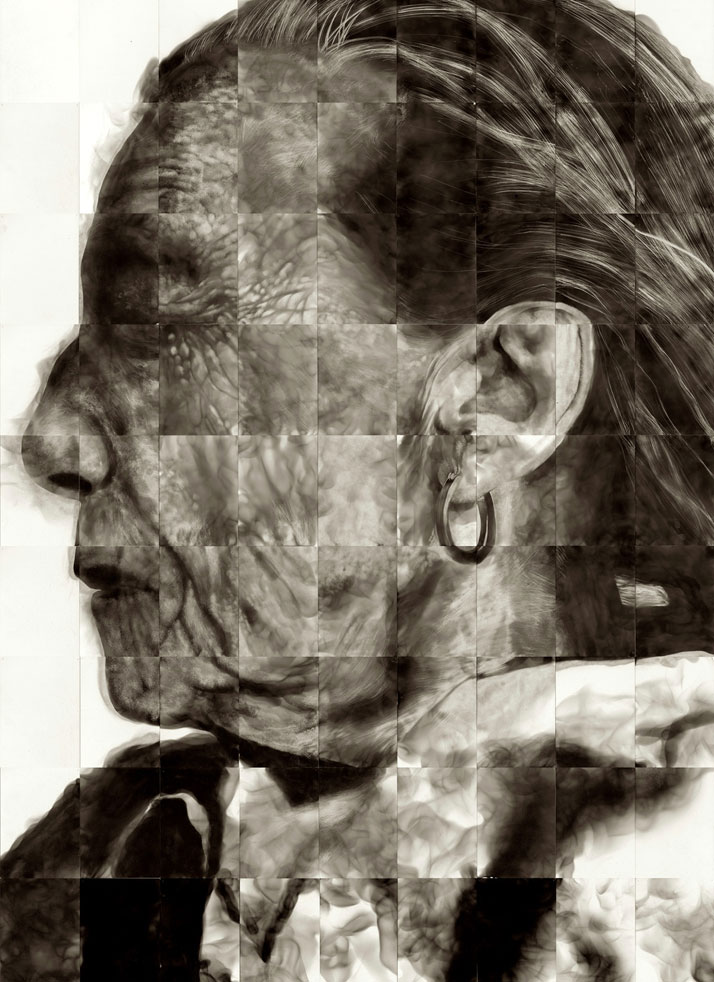
Louise Bourgeois by Annie Leibovitz, photo © Steven Spazuk
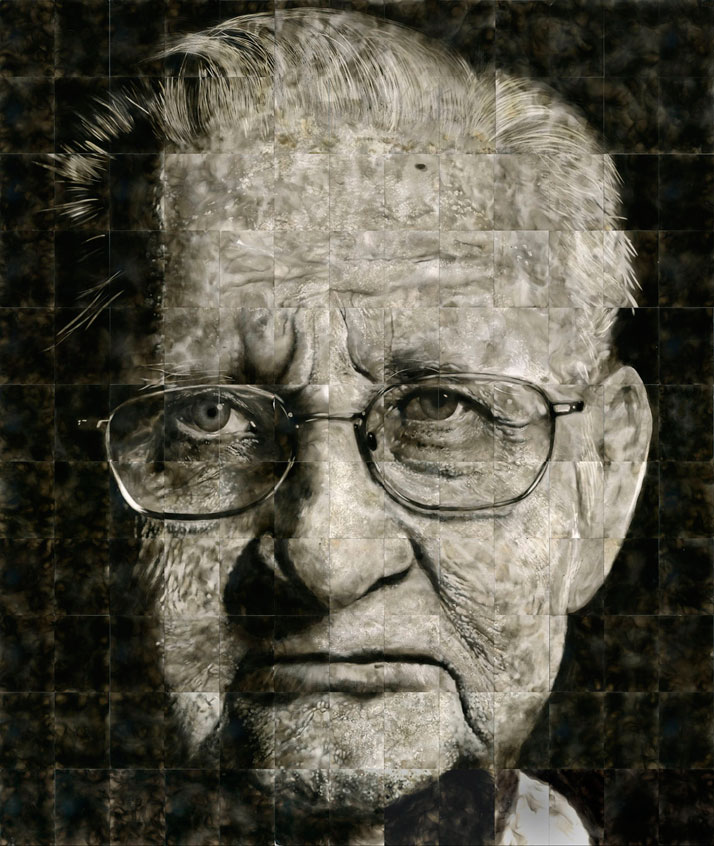
Steven Spazuk's father, photo © Steven Spazuk
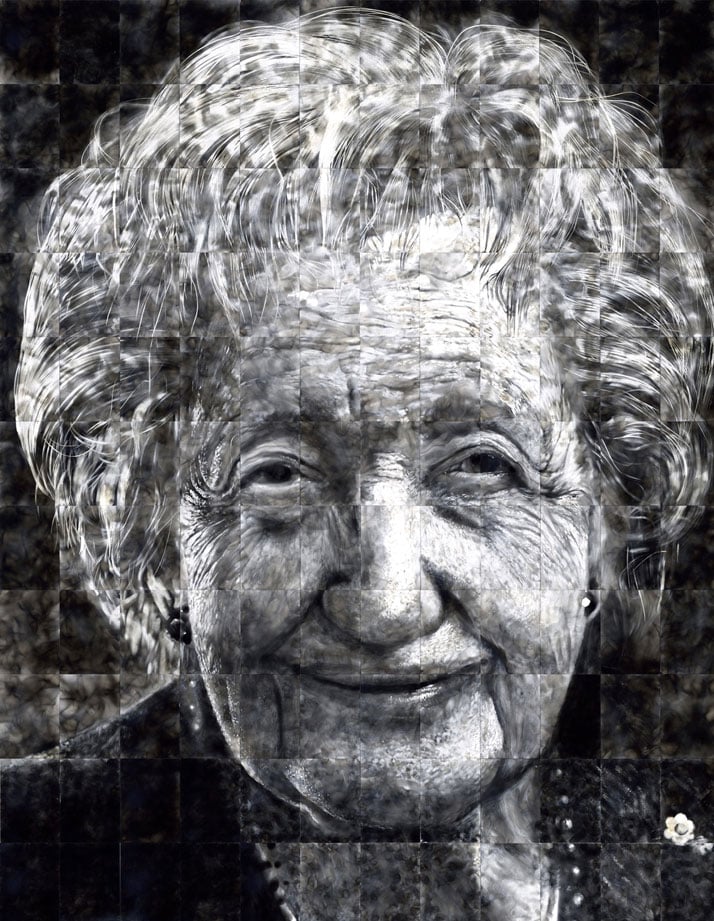
Dr. Brenda Milner, photo © Steven Spazuk
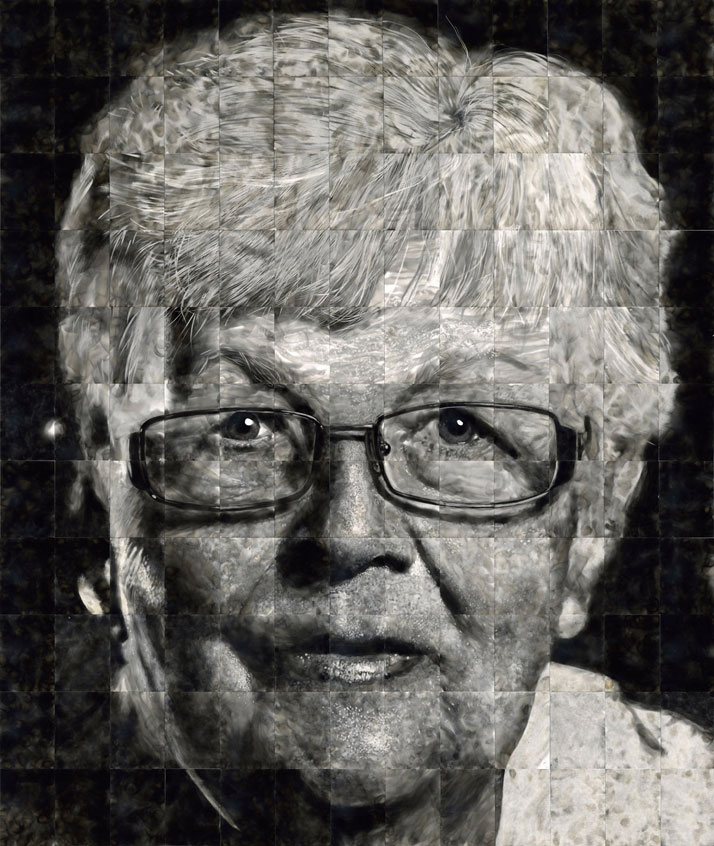
Steven Spazuk's mother, photo © Steven Spazuk

photo © Steven Spazuk
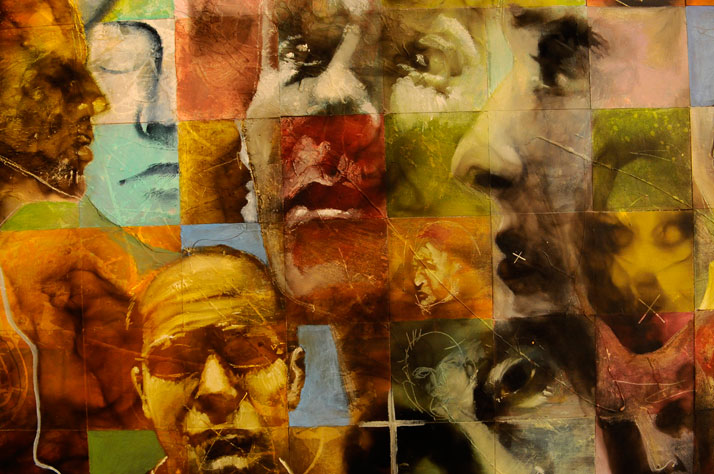
photo © Steven Spazuk
Where do you find yourself at the moment and what would you normally be doing if you weren't answering our questions?
I’d be in my studio working on a big 80x112inch painting/montage. That’s where you’ll find me most of the time… Right now I’m working on mounting different drawings on panels. I’m lucky to have an assistant helping me out, because it’s not the best part of my job! I prefer creating new images by far... People always picture artists in the studio painting, but what they don't know is that painting represents, maybe one third of the time spent there. The other two are preparation, varnishing, scanning and taking photos for inventory, making business transactions with buyers and galleries, promotion... and answering questions like I’m doing now ;-)
Can you describe your process?
Instead of using a pencil or a paintbrush, I use fire. I hold a piece of paper over my head with one hand and use a candle (or a torch) with the other, creating trails of soot underneath the paper. Then I intuitively "sculpt" the plumes of soot using various tools, guided by the forms that appear on the paper.
It certainly solves the nightmare of shipping: if you take them apart, they comfortably fit in a shoebox! Has anybody ever messed up when piecing a painting together?
I’ve never had an accident or lost a piece so far! "Jerry 2" was recently shipped to Japan for a collective show. As I couldn’t be there to put it up, but I sent instructions and it was mounted perfectly. No problem!
You once said that to be an artist one has to be completely free. Do you have any worldly constraints (kids, a dog, a garden, a mortgage)?
To be happy is to feel free. When I am in my studio working I don’t know what I am going to get. I let the drawings appear without controlling anything, like when I was a child looking up at the clouds. That, to me, is freedom. Yes I do have constraints, just like everyone else: Two kids, a dog, a garden, a mortgage... and a beautiful wife (Danielle), who helps me in all aspects of my life.
What’s the next best thing to painting?
Danielle.
So you suddenly went from being a conventional painter to a rare phenomenon. How did it affect you, both as a painter and a person?
It changed my life. It gave me a unique voice. Working with soot is like working with chance itself. The path the soot takes is as random as the path a fish takes in the water or a bird in the air. I capture soot to immobilize chance. For me, spontaneity and chance are what makes my creative process so effective. Serendipity is the blank canvas. An unexpected direction always leads to discovery. Setting out to create pure art is rather like traveling with no destination. When I enter my studio, I have no idea what I’m going to do. In the seconds before lighting my candle, I know absolutely nothing; as I begin the process, the desire to set out on this uncharted road, provoking accidental events, eventually leads to my art...I feel like I‘m sitting in the front row of creation!
How did you decide to start painting your famous fragmented 272-piece portraits (2x3m)?
Painting with soot means I have to hold my canvas over my head, so it would be complicated for me to hold something very large. Working in fragments makes my work a lot easier because I only need to concentrate on a small part of the portrait at a time, which suits me perfectly.
Can you describe yourself as a child?
I was a very shy kid, often watching the clouds in the sky, looking for shapes or observing the pattern in the knots on my bedroom wooden door. I had a very peaceful childhood. A very harmonious family, full of love... My mother and father, now in their early 80s, were great parents. I recently did their portraits, which will be exhibited together, side by side. They are still very much in love!
Did you really come up with your painting technique in a lucid dream?
It’s a little embarrassing, but I did dream of it. I was in a gallery (in my dream) and was looking at a black and white landscape and I somehow knew that it was painted with fire and completely understood the technique. In the morning when I woke up, I remembered the dream and started to experiment. It was an instant love affair with the medium. That was in April of 2001 and I have been working with fire ever since…
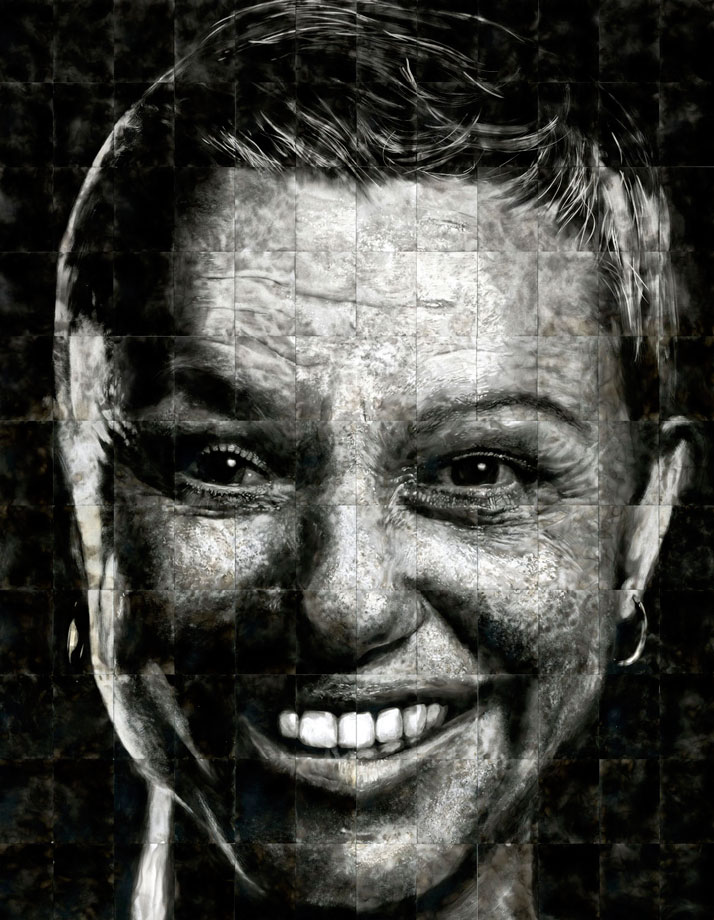
Danielle, photo © Steven Spazuk
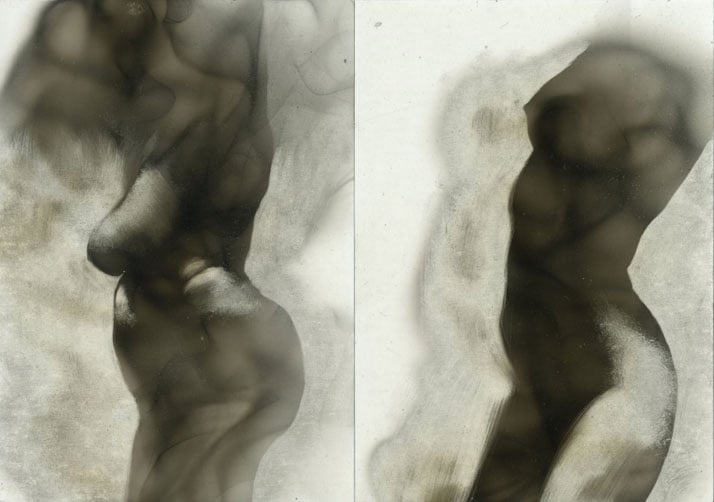
photo © Steven Spazuk

photo © Steven Spazuk
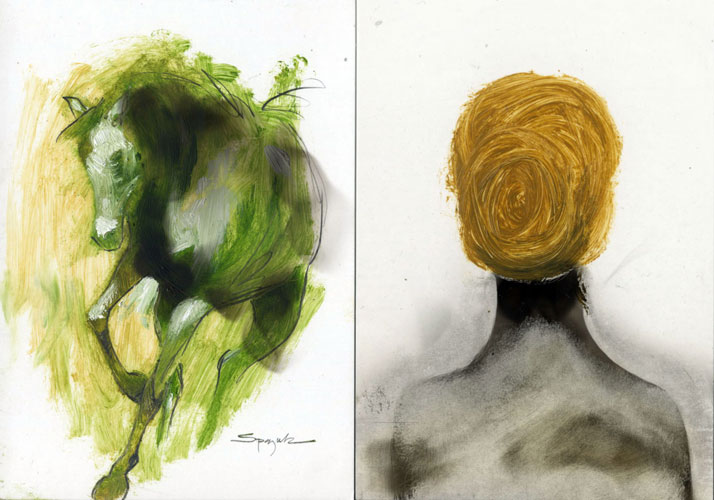
photo © Steven Spazuk
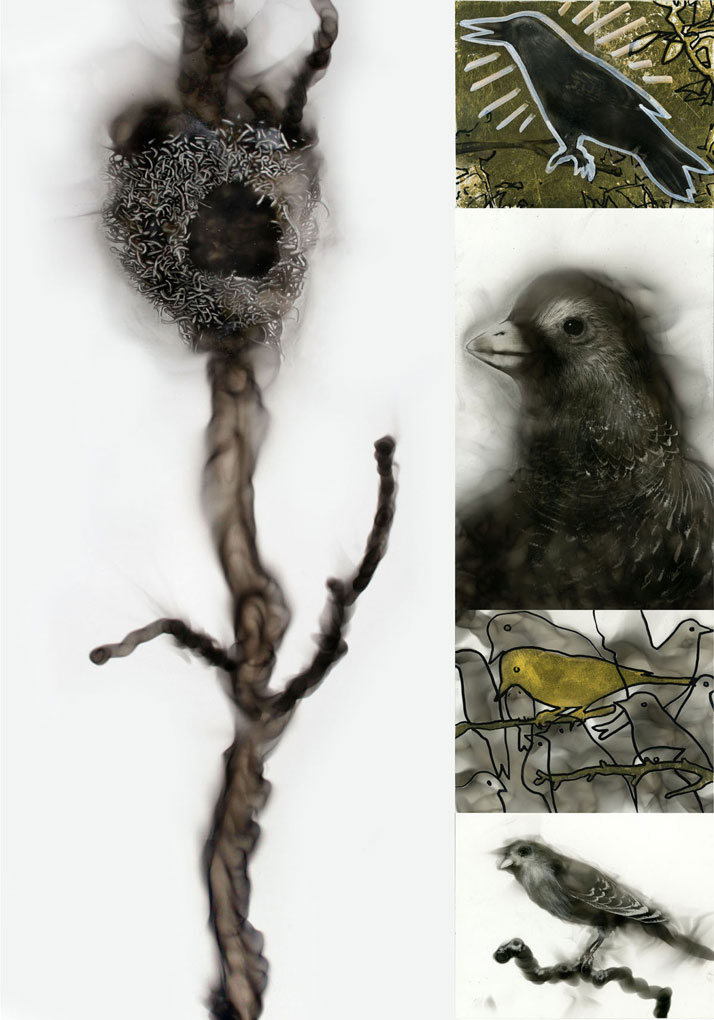
photo © Steven Spazuk
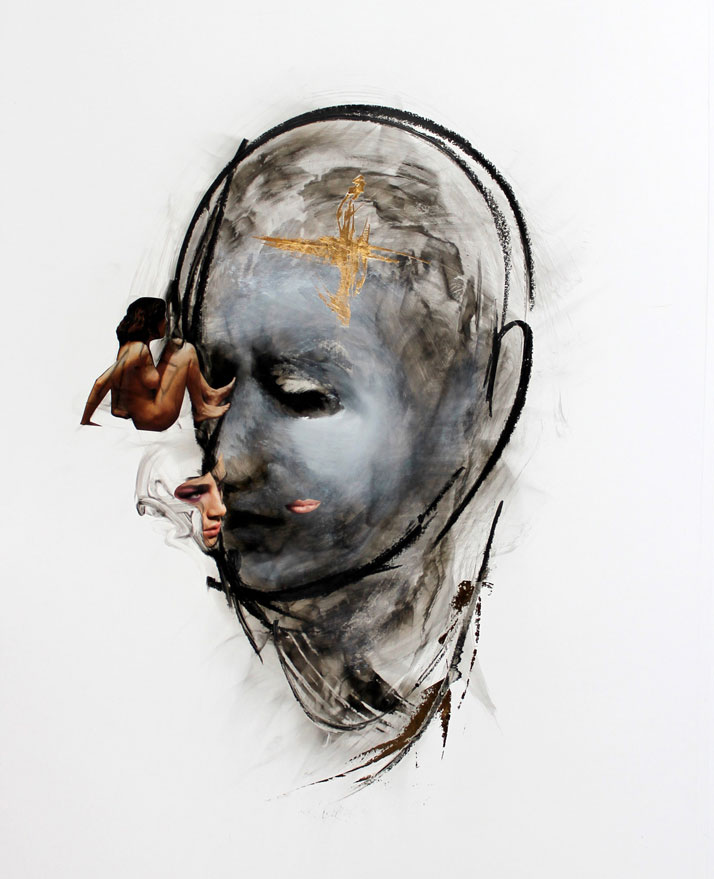
photo © Steven Spazuk

